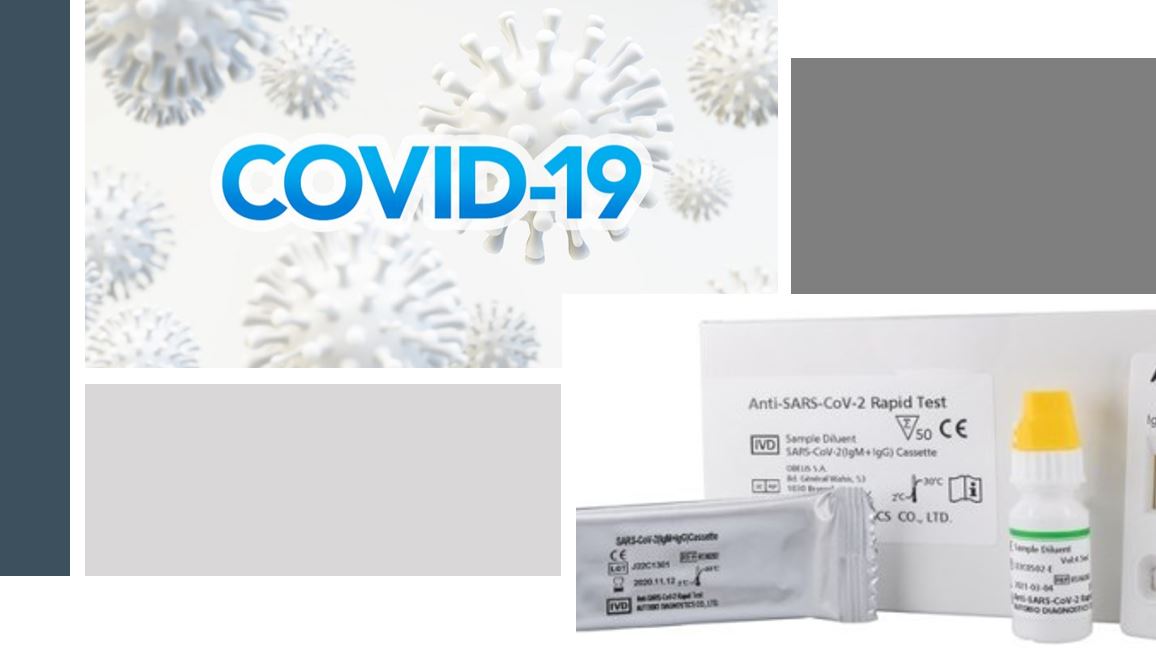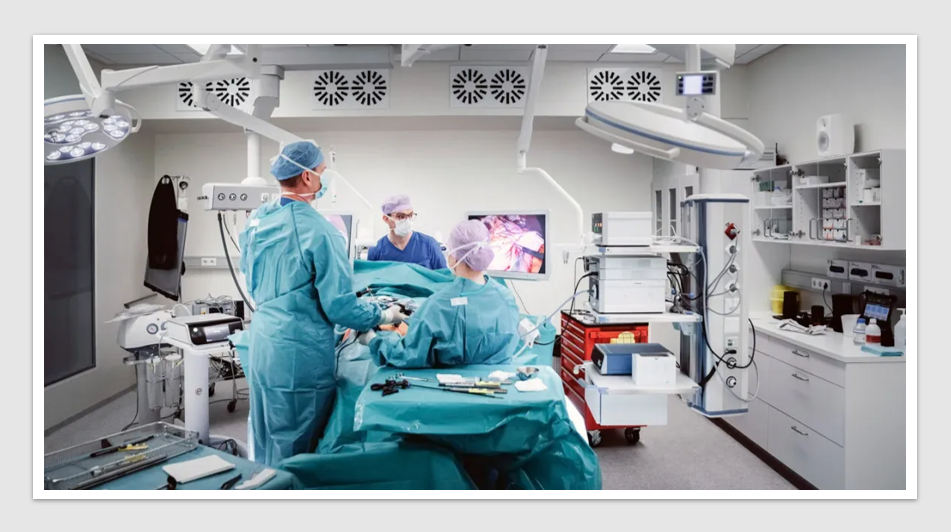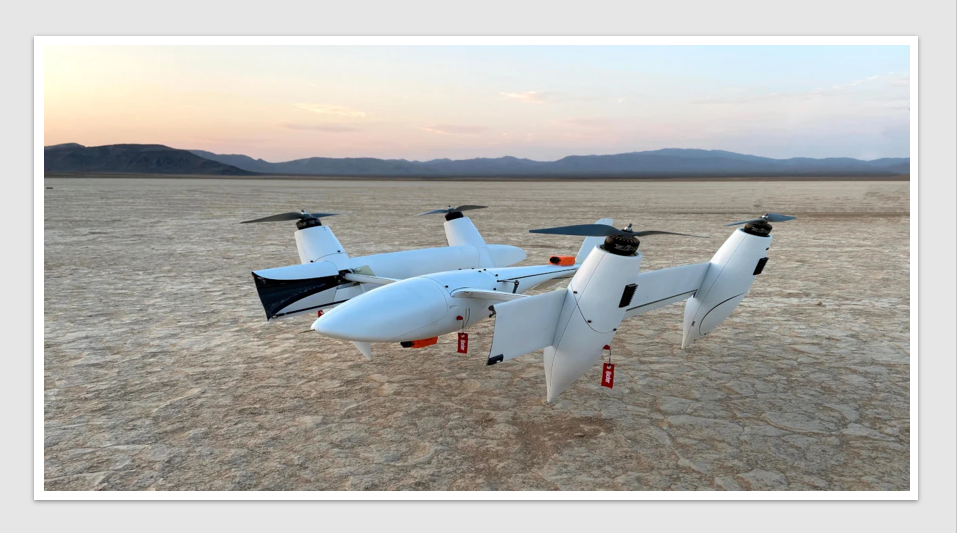News & Trends - MedTech & Diagnostics
New 5 minute coronavirus test delivers clear results on infection

A new type of sensor device from the German health technology company Digital Diagnostics AG can be used for immediate tests for SARS-CoV-2 virus. The test is pocket-sized and can be used anywhere on-site by general practitioners, paramedics and nursing staff without any training.
The first prototypes of the biosensor will be available by end of April with first production devices by mid-May.
Compared to previously known rapid tests looking for the presence of antibodies in the test-liquid, the SARS-CoV-2 MEMS 5 Minute Test leads to a clear “YES” or “NO” result regarding the presence of the actual virus in the test fluid and eliminates the time and cost consuming transport of samples to a laboratory. The great advantage of this method is that the virus can be detected directly with a very high accuracy.
 Register FREE and join 20,000+ industry professionals receiving the latest industry news and engaging content from Health Industry Hub; the ONLY one-stop-hub connecting Australia’s Pharma, MedTech and Biotech industry professionals.
Register FREE and join 20,000+ industry professionals receiving the latest industry news and engaging content from Health Industry Hub; the ONLY one-stop-hub connecting Australia’s Pharma, MedTech and Biotech industry professionals.
In contrast, all other rapid tests known to date are based on the detection of antibodies. But antibodies are not detectable in plasma until 7 to 10 days after infection.
With the 5 Minute Test, the SARS-CoV-2 virus can be measured using micro-electro-mechanical systems (MEMS) without the need for time-consuming sample preparation. The SARS-CoV-2 MEMS 5 Minute Test is based on cantilevers, which are integrated onto a microchip with the size of a fingernail.
These nanomechanical spring bars made of silicon are extremely thin and can be bent by the application of even a tiny force. This makes them highly sensitive biochemical sensors. The cantilevers are coated with a capture layer of antibodies. When applied to the chip, these antibodies bind any viruses contained in the test fluid. When the SARS-CoV-2 virus binds to the capture layer, changes in surface tension cause a mechanical bending of the cantilevers, which generates an electrical signal on the chip.
By connecting the digital sensor to a secure analytics platform, the numerous sensor data can be linked with geodata and processed anonymously for big-data applications. This would enable the creation of truly accurate tools to detect emerging regional hotspots of virus spread in near-real-time.
Newly emerging chains of infection can then be effectively contained. Restrictions on freedom of movement could also be much more flexible and regionally limited, and the scarce resources of health administrations and hospitals could be used much more purposefully and efficiently.
News & Trends - MedTech & Diagnostics

Bariatric surgery trumps Novo Nordisk’s Wegovy in cost-effectiveness and durability
MedTech & Diagnostics News: Bariatric surgery emerges as cost-effective, boasting superior and enduring weight loss outcomes over a five-year span […]
MoreNews & Trends - Pharmaceuticals

Aussie digital health company hits new milestone in AstraZeneca partnership
Pharma News: Fewer than 50% of asthma patients adhere to their prescribed preventative medications. An Australian digital health company has […]
MoreDigital & Innovation

Medical drone to reduce health equity gaps in rural and remote Australia
A specialised medical drone which increases accessibility to essential health services such as pathology, medicines, and telehealth services in rural […]
More